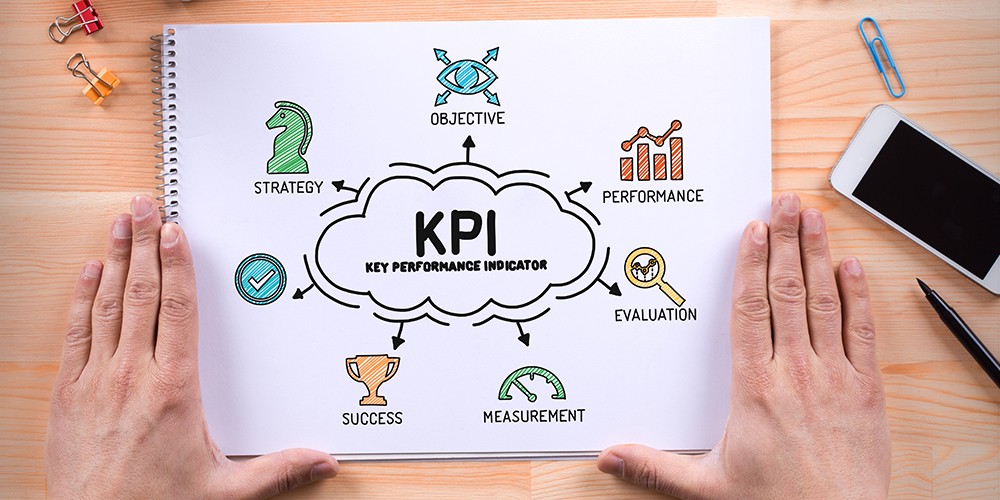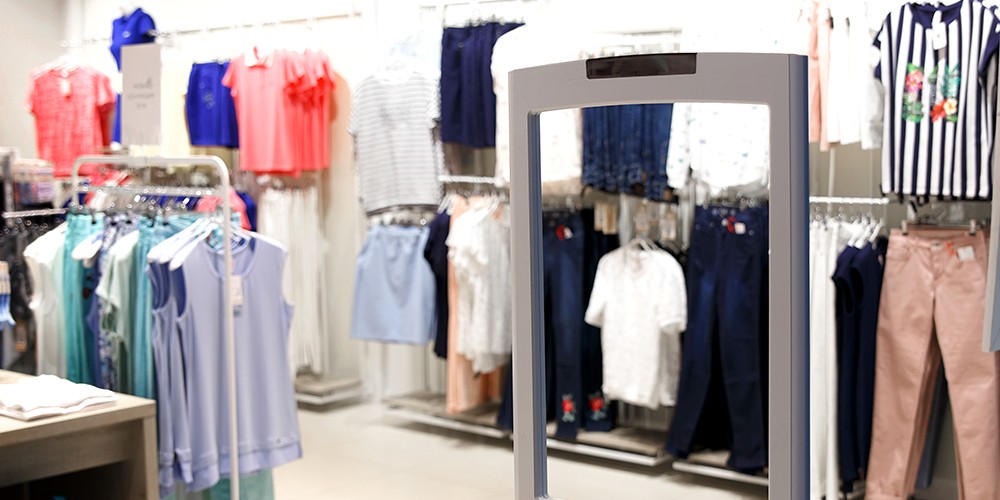These days retailers have a wealth of tools available to them when it comes to understanding where loss is occurring and how it can be combatted.
But while the tools and data abound, how do you best employ them? What are the small steps you need to take to make the giant leap towards securing your bottom line?
Well, that’s a $61.7 billion question the retail sector frequently asks. So, here are the steps to smarter loss prevention.
Measure to manage
In order to understand your loss, you need to measure it. That means understanding whether you are losing products in the supply chain, via shoplifting, through internal theft, or due to error.
Tools that tell you this information include stock takes, inventory reconciliation on delivery, Point of Sale data, and more, but the reality is retailers are gathering data every minute of every day.
From sales reports to inventory counting, this data paints a picture, but there’s also more to look for than just what’s going missing.
This includes gathering information about when your store is busiest and therefore more likely to be prone to theft, who’s on duty during that time, when products might be more likely to go missing, or the types of products that are more prone to loss.
Traffic counting can assist with this as can tools such as RFID inventory counting, which enables retailers to accurately count inventory within a matter of minutes.
Together, this data paints a picture of the leaks that need to be plugged.
Set KPIs

Once you know what’s actually occurring in terms of loss, a retailer should say Key Performance Indicators (KPIs) to really get specific about combatting shrink.
These KPIs assist by helping you home in further on what’s happening in a bid to find the right tools to address it.
Loss prevention KPIs might include:
- EAS alarms by hour
- EAS alarms by traffic
- The tag deactivation success rate (as in how often staff fail to detach a tag or deactivate a label)
- Organized retail crime events
- Inventory inaccuracies
- Staff access to cabinets and displays versus loss
- Gift card and return activity per staff member
- And more
Set policies
In a bid to meet these KPIs, systems and procedures should be employed in-store. These will encompass areas like what to look for in terms of shoplifting, return and gift card policies, customer service procedures, stock counting routines etc.
They will also extend to EAS system checks and appropriate application and deactivation of EAS security tags and labels.
All these policies and procedures help establish an accountable expectation in-store that works to eliminate human error. They also serve to set an expectation for staff behaviour when it comes to reducing loss.
Deploy technology

Loss prevention technology continually evolves and improves, meaning there are now more effective tools available than ever before when it comes to mitigating loss.
EAS is an obvious example here as one of the most popular theft prevention methods, and like all technology, it requires regular upgrades.
Retailers should revisit their EAS systems on a regular basis to determine whether stronger tags might be required, whether additional tools like EAS in the fitting room needs to be employed, or whether the right tag or label is being used for the right product.
Other tools that can assist include RFID, which enables a store to track product location and information in real-time, higher resolution CCTV to identify thieves, mobile POS with detailed analytics, and smart keys which are allocated to specific staff members allowing retailers to track who opens cabinets and drawers.
Rinse and repeat
Once a retailer has worked through each of these steps, the circle begins again in a bid to further combat loss.
Any loss still occurring should be measured, new KPIs should be set, fresh systems introduced, and further technology deployed to assist.
The reality is loss prevention is a constant work in progress which evolves over time. The retailers with the best success at mitigating loss consistently revise their approach. They regularly upgrade operations in response to a changing landscape and appreciate that what worked one year ago may need improvement the next.
You can learn more about our range of security tags here, or labels here. Meanwhile, further information about reducing theft and loss instore is available here.
